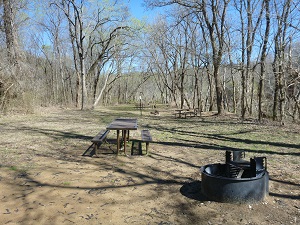Trees Can Be A Perk To Your Environment
Trees are typically believed to include both worth and charm to homes. For this reason, various house owners spend substantial energy and time investing in the maintenance of their yards, consisting of any landscaping trees. In spite of best efforts, nevertheless, there are in some cases components beyond our control which cause damage to the important things most looked for to safeguard. This consists of landscaping trees. And one of the most prevalent unmanageable components understood to do trees damage is lightning.
Possibly the most significant particular that puts trees at danger for lightning damage is height. Due to the fact that a lot of trees have the tendency to grow quite high, they are at substantial risk for attracting lightning. Other factors that might increase trees' opportunities of being struck by lightning consist of size and place. Larger trees are made of, and therefore expose, more mass. The higher the circumference of a tree, the greater the possibilities that mass might experience a lightning strike. Furthermore, trees that stand alone, or are reasonably devoid of surrounding trees, are also likely targets for lightning strikes. This is also true for trees that are proximal to locations of water, whether natural (such as ponds, lakes, or rivers) or man-made (such as pools), and trees that are close to sources of metal, such as electrical or water towers.


Evidence of lightning damage to a tree might vary significantly. Some of the more obvious and serious cases of lightning damage may consist of a tree tree removal that captures on fire or even takes off. Less apparent, however equally as extreme cases might include trees that plainly reveal burn marks. Depending on the intensity of the strike, considerable damage might be done to the tree internally, the impacts of which may not be immediately evident. It might take months to understand the real level of the damage and, unfortunately, that understanding may feature the demise of the tree after much investment of time, energy, and resources.
Cases of small lightning damage may include the loosening of bark or damaged limbs. Nevertheless, even minor injuries due to lightning strikes may cause larger issues. For example, over the last few years oak wilt has actually become a common illness in Austin, Texas, impacting numerous oak trees. Aboveground, this disease is caused by vectors that feed on the sap of the oaks, which is located just below the bark. Subsequently, their feeding leaves diseased spores that ultimately clog the water-conducting vessels of the tree. For that reason, the tree dies from its failure to carry self-reliant nutrients.
If a landscaping oak has been struck by lightning and the damage includes loose bark, damaged limbs, or other injury that might expose the tree's sap to possible disease-carrying bugs, it's imperative to get in touch with an Austin tree cutting expert for instant help.
In the event that a tree on your home is struck by lightning, there are several things that can be done to help in its recovery from the lightning strike. Initially, it is very important to reduce any extra stressors. Due to the fact that a lightning strike can disrupt the transportation of water, particular attention needs to be given to watering the tree during dry conditions, particularly dry spell. The application of fertilizer might be suggested, but an arborist needs to be consulted and need to figure out the proper quantity necessary for the types in concern. In many cases, it might also be possible to keep trees secured from lightning through the use of conductors. This might be considerably handy for taller trees or those with some manner of historical value. As always, consult an Austin tree service for support with helping a tree endure the damages triggered by a lightning strike.